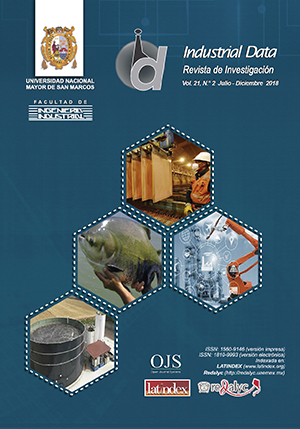Predictive models of student desertion at a private Peruvian university
DOI:
https://doi.org/10.15381/idata.v21i2.15602Keywords:
Student desertion, university students, fail, mentoring, predictive modelsAbstract
Desertion is a problem that affects public and private universities, and leads to a series of negative consequences for both institutions and students. Therefore, the objective of this study was to determine how the use of predictive models in low pass-rate courses helps to identify students at risk of desertion. Seven predictive models were designed using CRISP (Cross- Industry Standard Process for Data Mining) methodology and students’ academic records to be applied in seven low pass-rate courses. Among the main results, it can be noted that predictive models contributed to the reduction of fail rates by 25% and 40%, and that the variables that best forecast desertion were career choice (vocation), number of times students enrolled in the course, and grades obtained in mathematics or language arts when students attended the fifth year of high school.Downloads
Downloads
Published
Issue
Section
License
Copyright (c) 2018 Oswaldo Sifuentes Bitocchi

This work is licensed under a Creative Commons Attribution-NonCommercial-ShareAlike 4.0 International License.
AUTHORS RETAIN THEIR RIGHTS:
a. Authors retain their trade mark rights and patent, and also on any process or procedure described in the article.
b. Authors retain their right to share, copy, distribute, perform and publicly communicate their article (eg, to place their article in an institutional repository or publish it in a book), with an acknowledgment of its initial publication in the INDUSTRIAL DATA.
c. Authors retain theirs right to make a subsequent publication of their work, to use the article or any part thereof (eg a compilation of his papers, lecture notes, thesis, or a book), always indicating the source of publication (the originator of the work, journal, volume, number and date).






